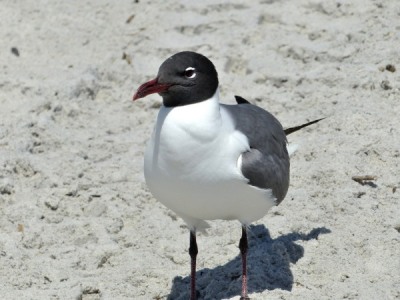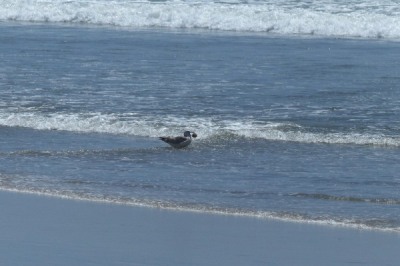From the last post, Birdwatching Along The Way – Vacation – Part 1, you know we arrived in Houston on Tuesday, the 5th. On Wednesday, we headed over to see their Houston Zoo. The weather was starting to turn “yukkie” and it was overcast. This made for making photos a challenge, at least for the outside exhibits. More about that weather later.

Houston Zoo 5-6-15 by Lee
The Houston Zoo is a very nice zoo with lots of the Creator’s Avian Friends to check out along with the other Critters from the Lord. Not sure where to begin, so, let’s start with the entrance. As you can tell, it had been raining, but stopped in time for us to visit.

Houston Zoo 5-6-15 by Lee
That fact, overcast skies, was the beginning of some of the challenges ahead. I have previously told of challenges with the fencing and cage material between us and the critters. Most of them are fine, but with birds, the bars or mesh can really get to be a challenge. Houston Zoo was loaded with those obstacles to keep me from getting any “perfect shots.” You photographers know exactly what I am referring to. Dan just gave me his “finished” photos that I can use and he was frustrated with how many didn’t turn out. Maybe I should just put all his up here and spare you the agony of seeing mine. :)
I informed him that many of the ones he isn’t going to let me use are better than most of mine. (He is a bit of a perfectionist.) Oh, the joys of a birdwatcher and a photographer marriage. Sure makes for some interesting discussions. Back to the Zoo.

Blue-throated Macaw (Ara glaucogularis) Sign Houston Zoo by Lee
When you enter the zoo, the first birds we saw were the Blue-throated Macaw (Ara glaucogularis). We have seen Blue and Gold Macaws, but these are not seen as often in zoos. The challenge began.

Blue-throated Macaw (Ara glaucogularis) Houston Zoo by Lee
When I tried to zoom in the fence was still in the way.

Blue-throated Macaw (Ara glaucogularis) Houston Zoo by Lee
Never say never. Not the best, but you can tell that they are Blue-throated Macaws. Yeah!

Blue-throated Macaw (Ara glaucogularis) Houston Zoo by Lee

Blue-throated Macaw (Ara glaucogularis) Houston Zoo by Lee
Don’t worry, I’m not going to do that for every bird I tried to get photos of. If I did, this would be a loooonnngggg post. I took over 800 photos just at this zoo. Many of those are the signs like up above. I do that so I can try to put the right name on the right bird. I used to try to write them down, but it is much easier to take a photo. plus the signs are usually near the bird and time taken.

Livingstone’s Turaco (Tauraco livingstonii) Houston Zoo 5-6-15 by Lee
Mine (can see the bars on it’s chest):

Livingstone’s Turaco (Tauraco livingstonii) Sign Houston Zoo 5-6-15 by Lee
Now a good one by Dan:

Livingstone’s Turaco (Tauraco livingstonii) Houston Zoo 5-6-15 by Dan
The Livingstone’s Turaco “is named after Charles Livingstone an English missionary that lived in Africa.” The Turaco Family has 23 species and the Houston Zoo has at least 5 species. In fact, I added at least four new birds to my Life List of All The Birds We Have Seen in this family:
Fischer’s Turaco (Tauraco fischeri) HZ, Great Blue Turaco (Corythaeola cristata) HZ, Livingstone’s Turaco (Tauraco livingstonii) HZ, Western Plantain-eater (Crinifer piscator) HZ, Red-crested Turaco (Tauraco erythrolophus) and the White-bellied Go-away-bird (Corythaixoides leucogaster) which we had seen at the National Aviary. (Will see some of these again later in the trip).

Fischer’s Turaco (Tauraco fischeri) Houston Zoo by Lee

White-bellied Go-away-bird (Corythaixoides leucogaster) Houston Zooby Lee
The Go-away-bird reminds me of a verse:
But Jesus said to them, “They do not need to go away. You give them something to eat.” (Matthew 14:16 NKJV)

Western Plantain-eater (Crinifer piscator) Houston Zoo

Ross’s Turaco (Musophaga rossae) Houston Zoo by Lee

Red-crested Turaco (Tauraco erythrolophus) by Dan

Great Blue Turaco (Corythaeola cristata) Houston Zoo
-

-
Houston Zoo 5-6-15 by Lee
-

-
Houston Zoo 5-6-15 by Lee
-

-
Blue-throated Macaw (Ara glaucogularis) Sign Houston Zoo by Lee
-

-
Blue-throated Macaw (Ara glaucogularis) Houston Zoo by Lee
-

-
Blue-throated Macaw (Ara glaucogularis) Houston Zoo by Lee
-

-
Blue-throated Macaw (Ara glaucogularis) Houston Zoo by Lee
-

-
Blue-throated Macaw (Ara glaucogularis) Houston Zoo by Lee
-
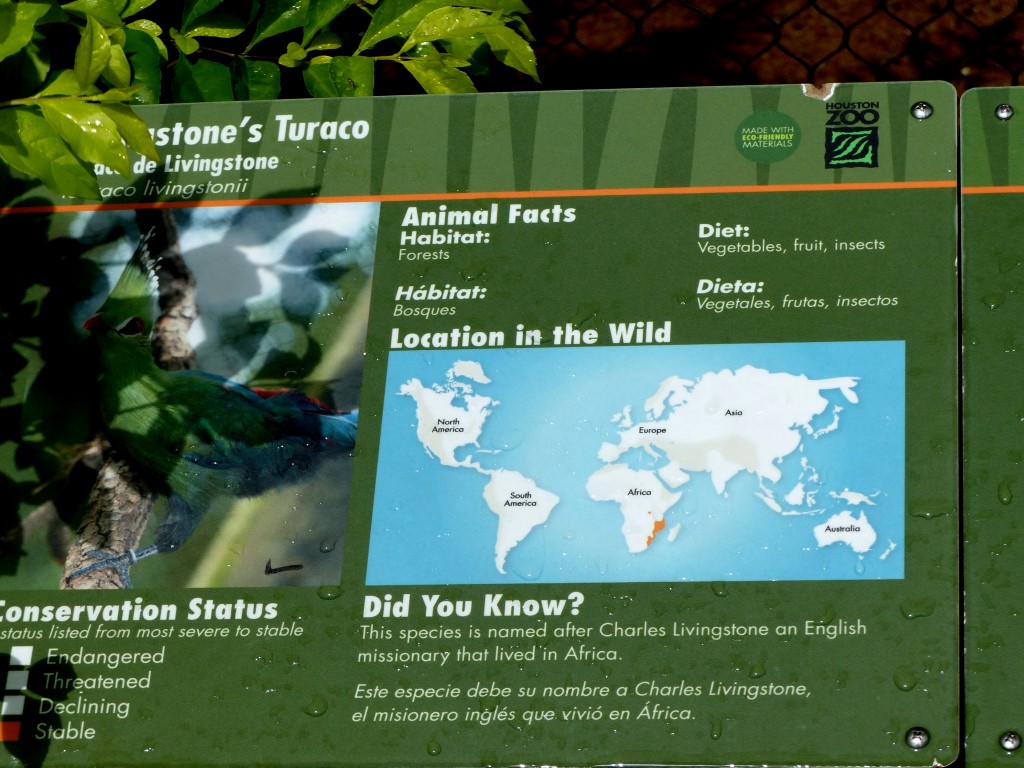
-
Livingstone’s Turaco (Tauraco livingstonii) Houston Zoo by Lee
-

-
Livingstone’s Turaco (Tauraco livingstonii) Houston Zoo by Lee
-

-
Livingstone’s Turaco (Tauraco livingstonii) Houston Zoo 5-6-15 by Dan
-

-
Livingstone’s Turaco (Tauraco livingstonii) Houston Zoo by Lee
-

-
White-bellied Go-away-bird (Corythaixoides leucogaster) Houston Zoo by Lee
-
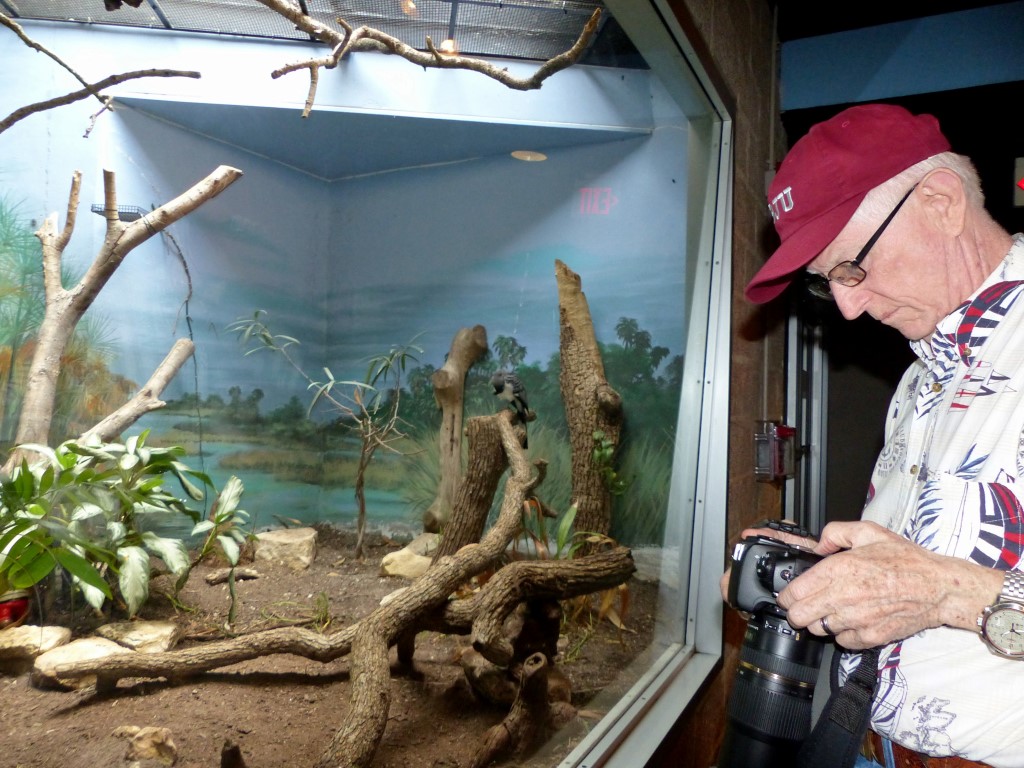
-
White-bellied Go-away-bird Glass Front Enclosure with Dan adjusting camera
by Lee
-

-
White-bellied Go-away-bird Houston Zoo by Dan
-
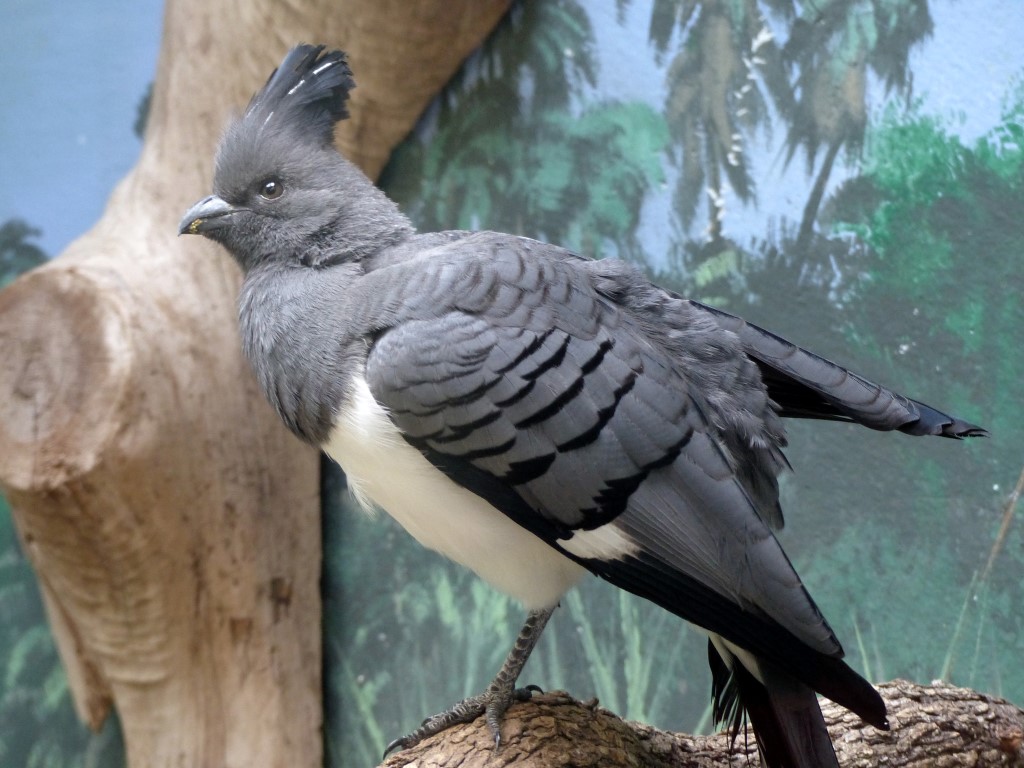
-
White-bellied Go-away-bird (Corythaixoides leucogaster) Houston Zooby Lee
-

-
White-bellied Go-away-bird (Corythaixoides leucogaster) Houston Zooby Lee
-
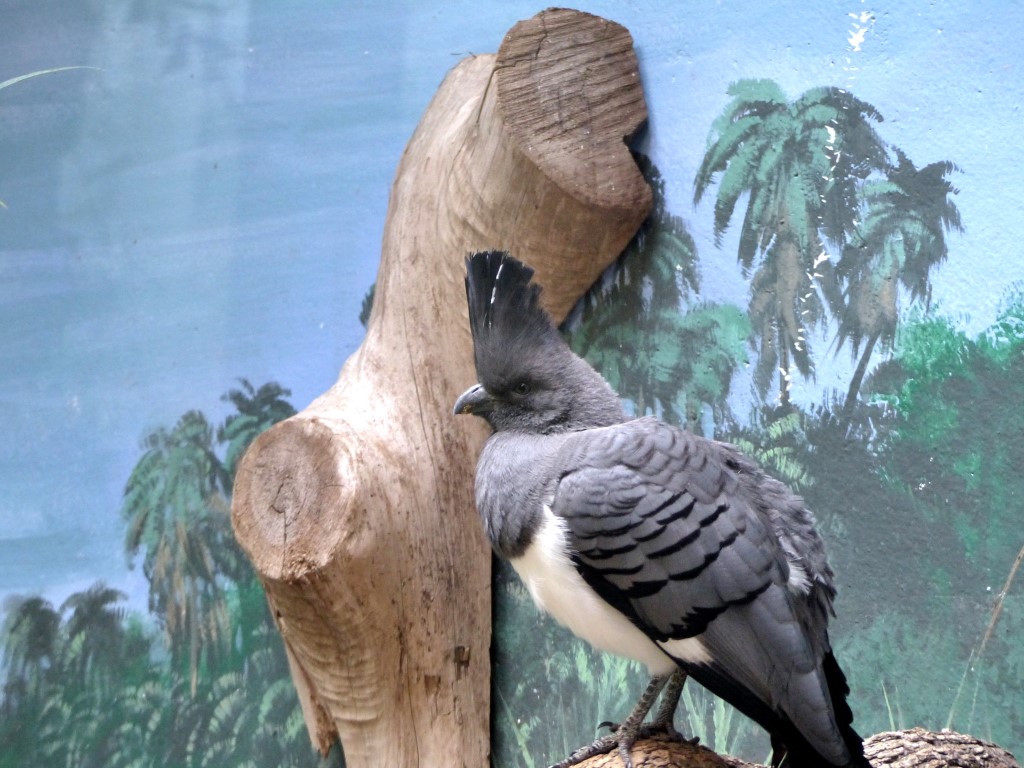
-
White-bellied Go-away-bird (Corythaixoides leucogaster) Houston Zooby Lee
-

-
White-bellied Go-away-bird (Corythaixoides leucogaster) Houston Zoo by Lee
-
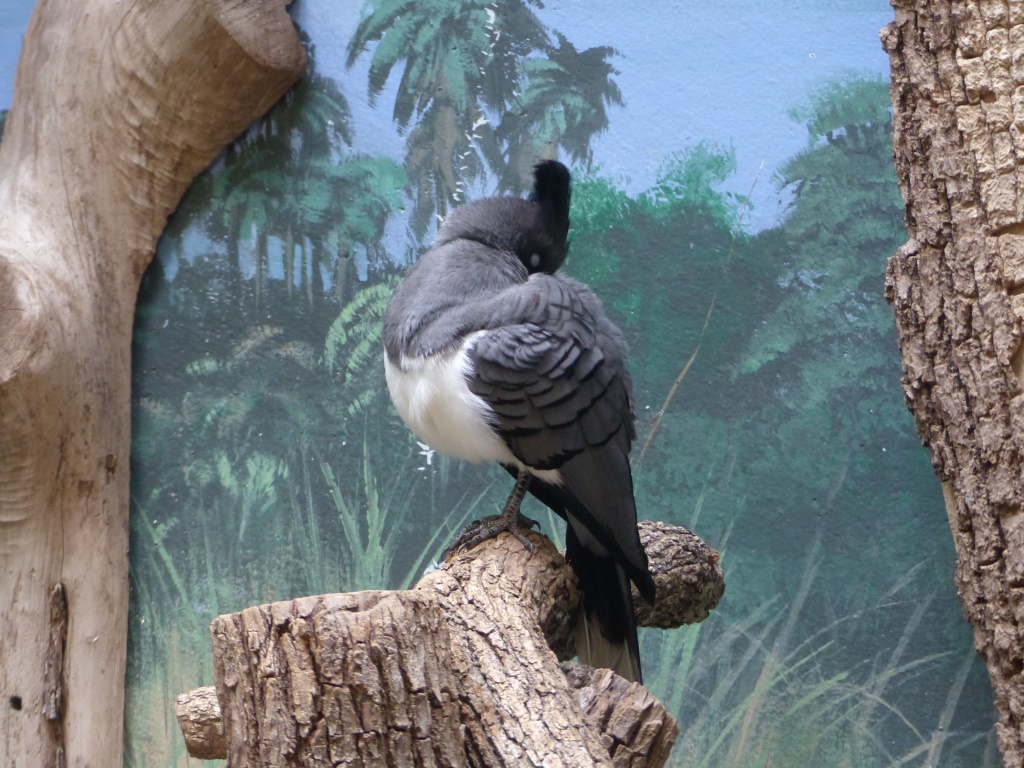
-
White-bellied Go-away-bird (Corythaixoides leucogaster) Houston Zoo by Lee
-

-
White-bellied Go-away-bird (Corythaixoides leucogaster) Houston Zoo by Lee
-

-
Western Plantain-eater (Crinifer piscator) Houston Zoo
-

-
Western Plantain-eater (Crinifer piscator)
-
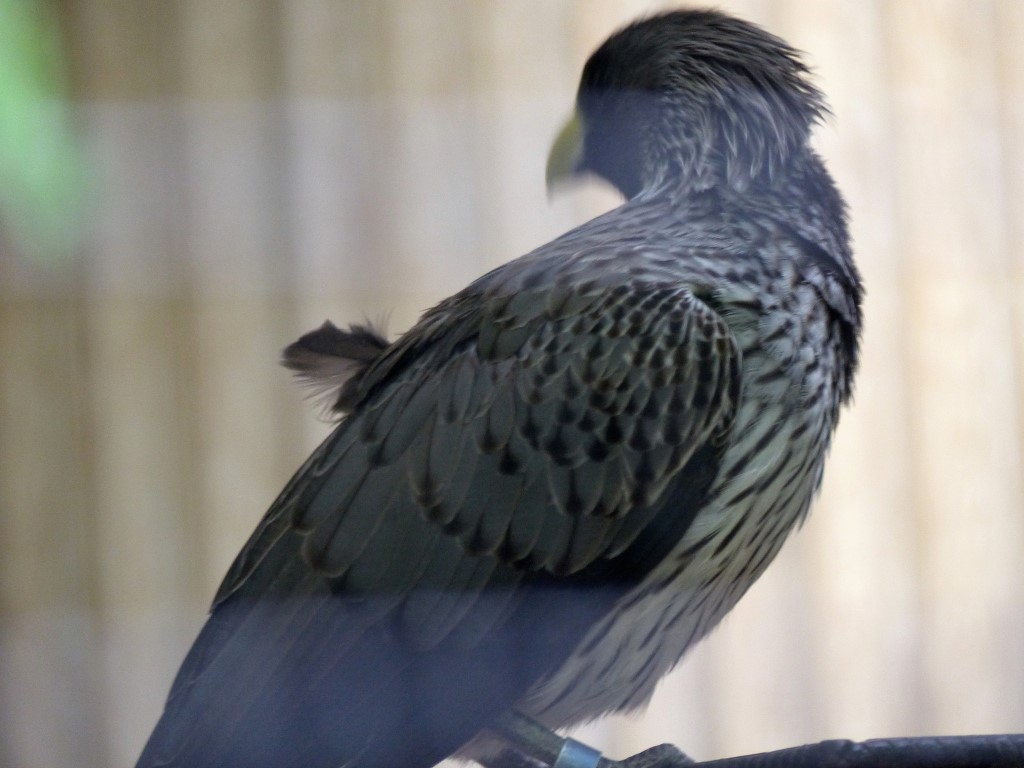
-
Western Plantain-eater (Crinifer piscator) Houston Zoo
-

-
Western Plantain-eater (Crinifer piscator) Houston Zoo
-
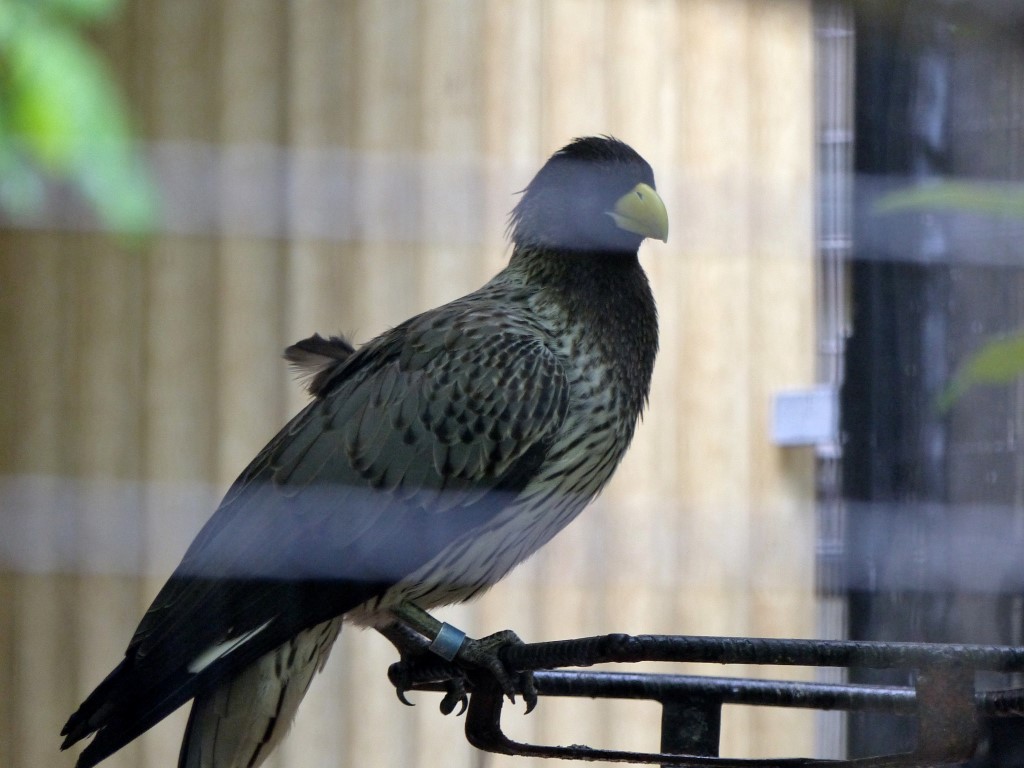
-
Western Plantain-eater (Crinifer piscator) Houston Zoo
-
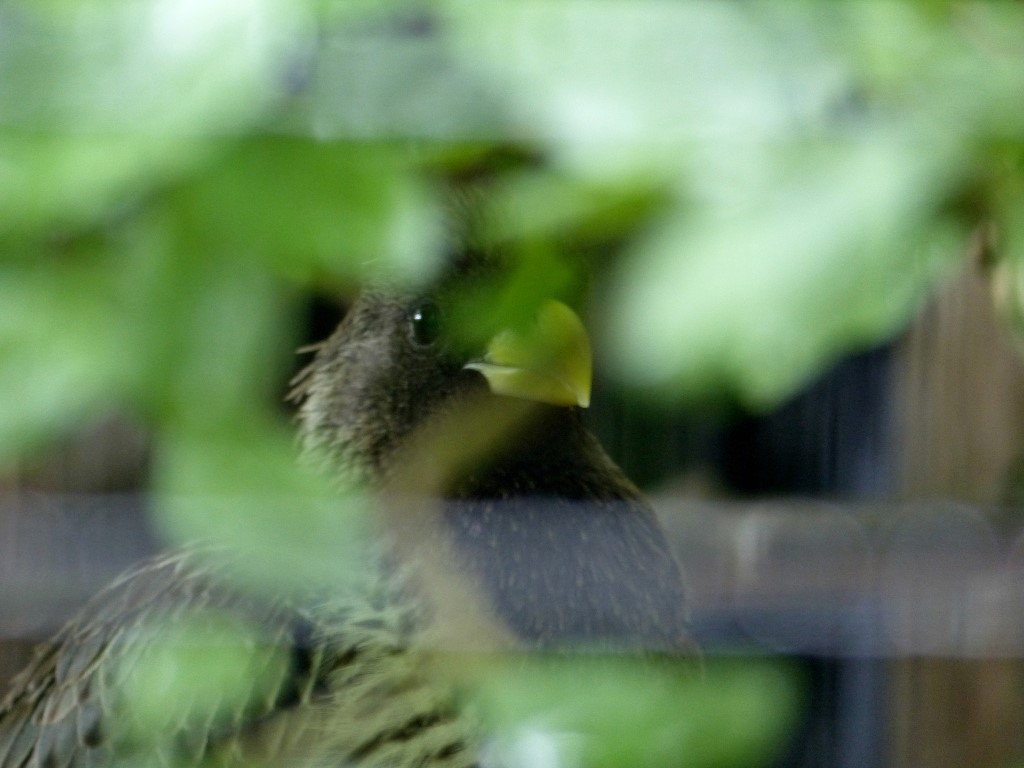
-
Western Plantain-eater (Crinifer piscator) Houston Zoo
-

-
Ross’s Turaco (Musophaga rossae) by Lee
-
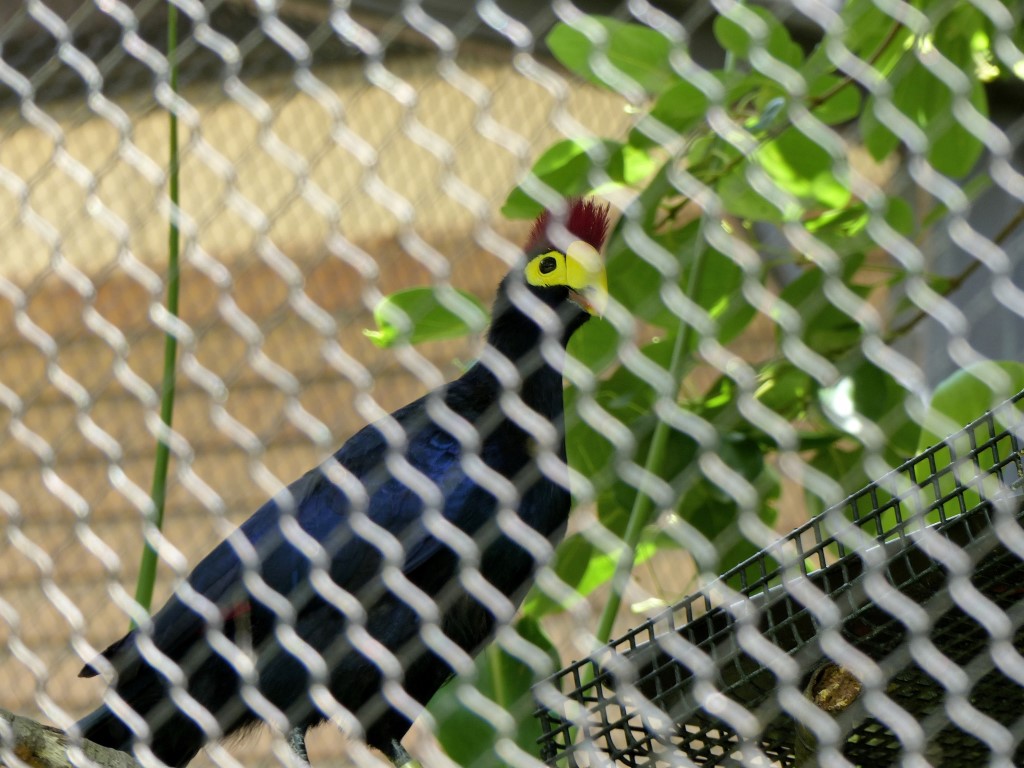
-
Ross’s Turaco (Musophaga rossae) Houston Zoo by Lee
-

-
Ross’s Turaco (Musophaga rossae) Houston Zoo by Lee
-

-
Ross’s Turaco (Musophaga rossae) Houston Zoo by Lee
-
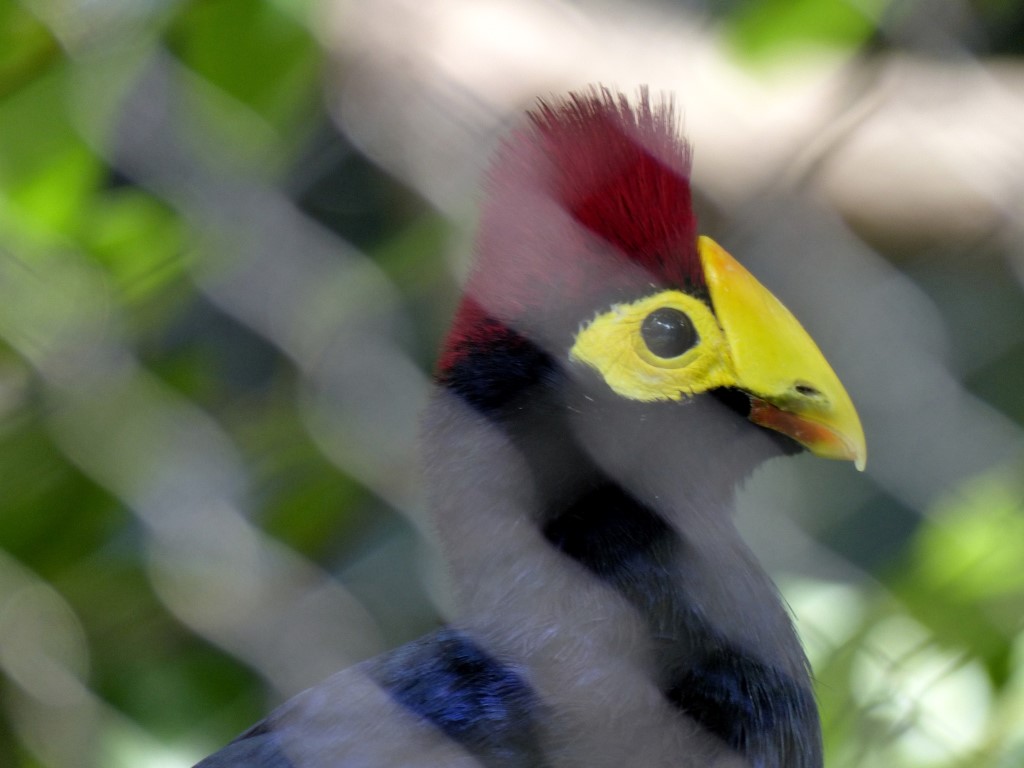
-
Ross’s Turaco (Musophaga rossae) Houston Zoo by Lee
-

-
Ross’s Turaco (Musophaga rossae) Houston Zoo by Lee
-
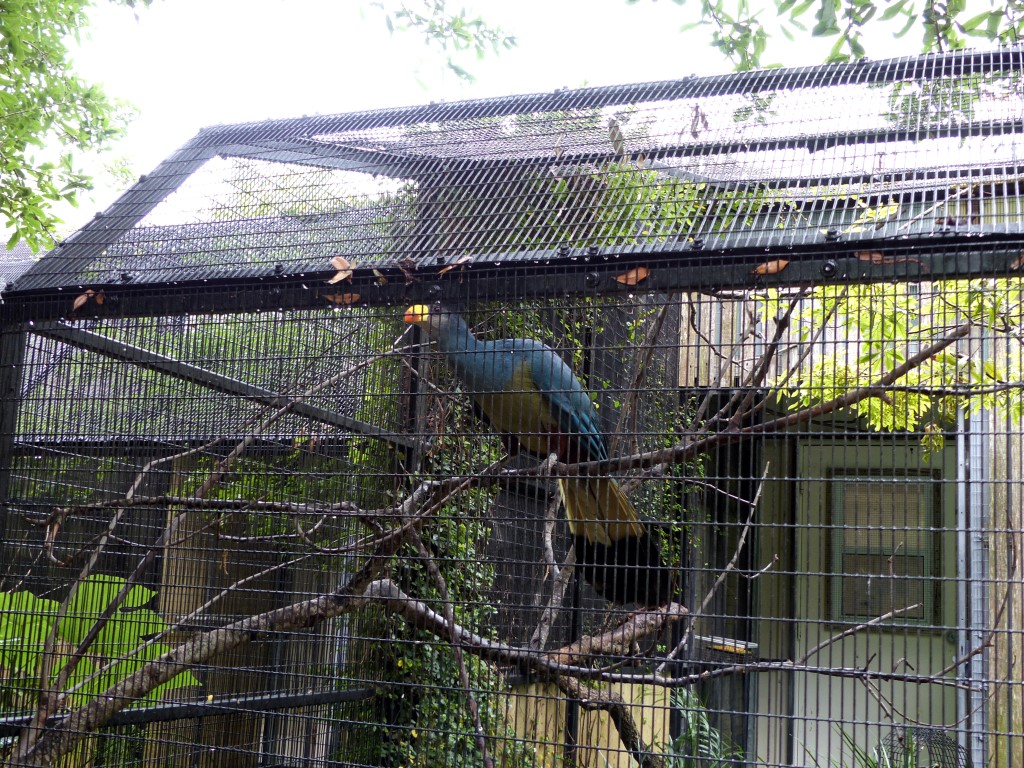
-
Great Blue Turaco (Corythaeola cristata) Houston Zoo
-

-
Great Blue Turaco (Corythaeola cristata) Houston Zoo
-
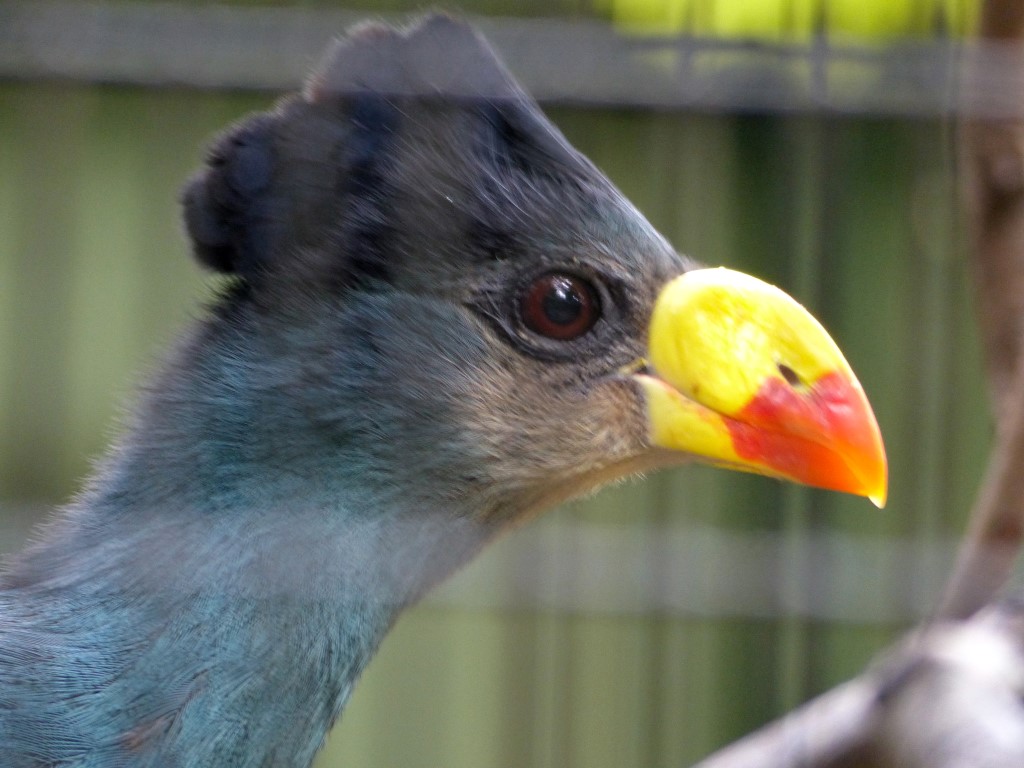
-
Great Blue Turaco (Corythaeola cristata) Houston Zoo
-

-
Great Blue Turaco (Corythaeola cristata) Houston Zoo
-
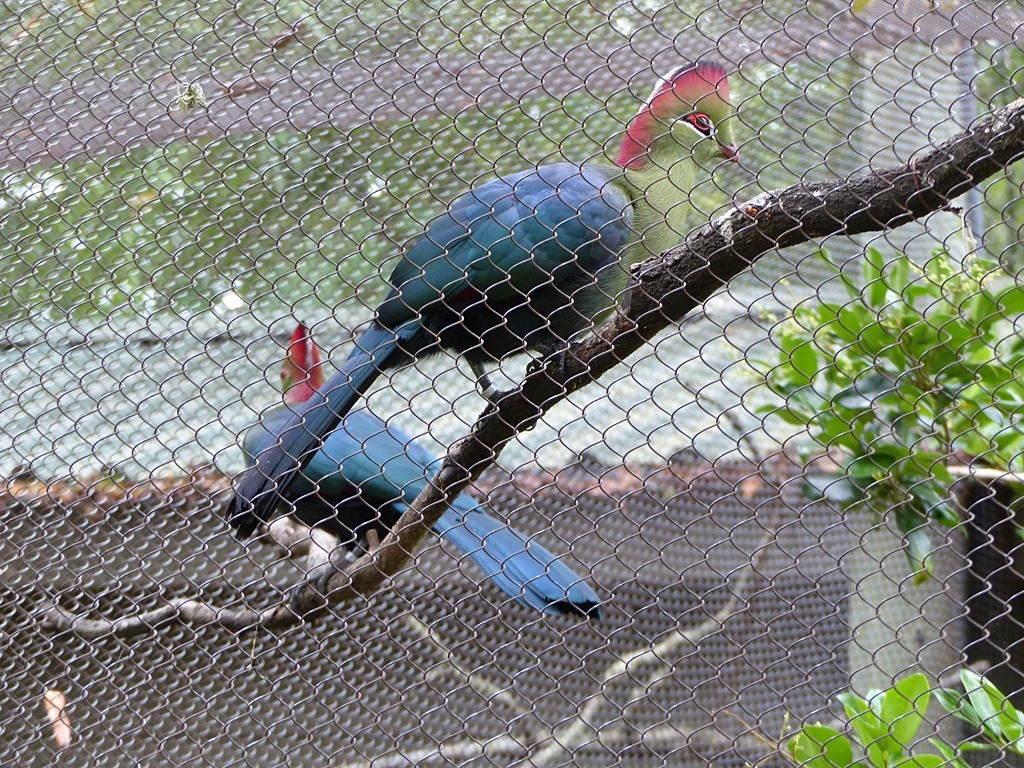
-
Fischer’s Turaco (Tauraco fischeri) Houston Zoo by Lee
-

-
Fischer’s Turaco (Tauraco fischeri) Houston Zoo by Lee
-
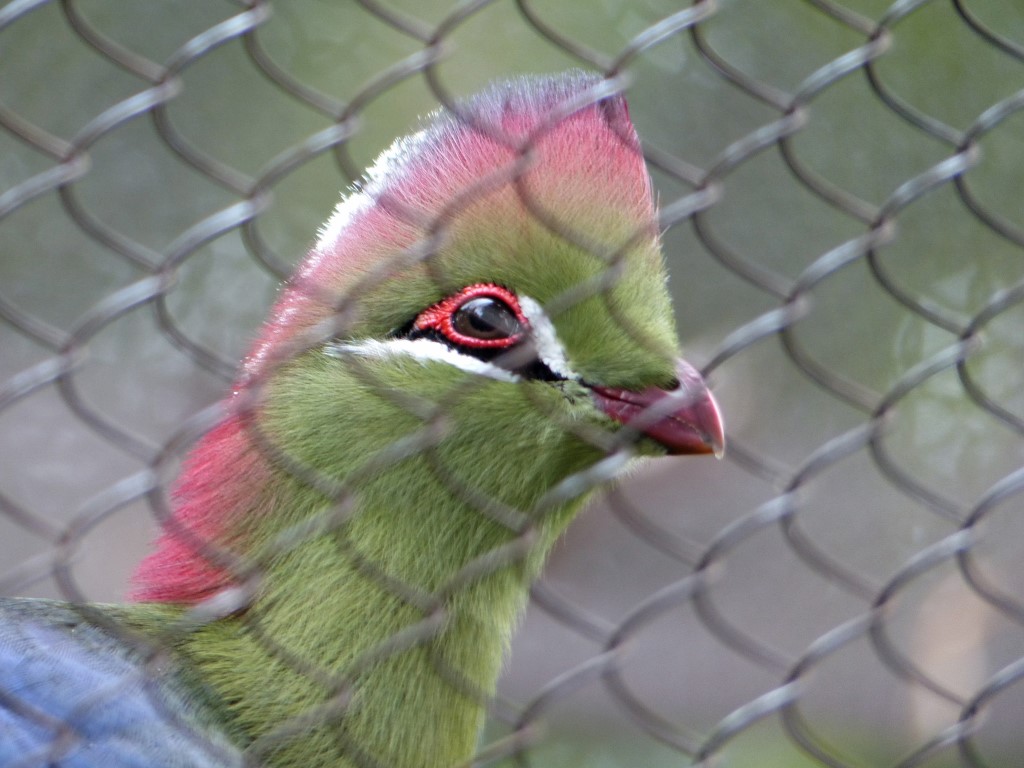
-
Fischer’s Turaco (Tauraco fischeri) Houston Zoo by Lee
-
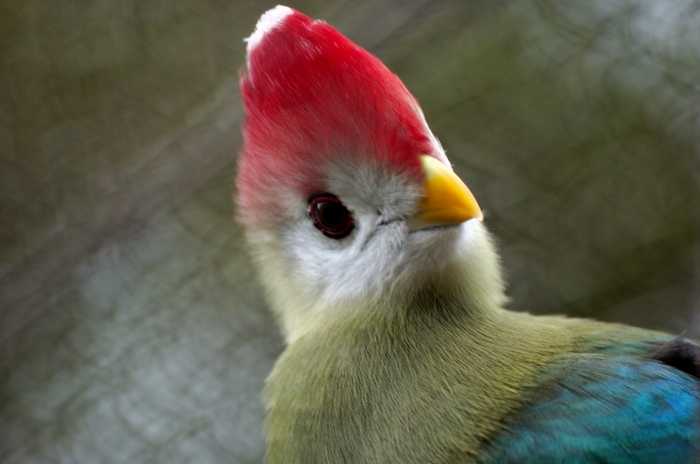
-
Red-crested Turaco (Tauraco erythrolophus) by Dan
*
*


























































